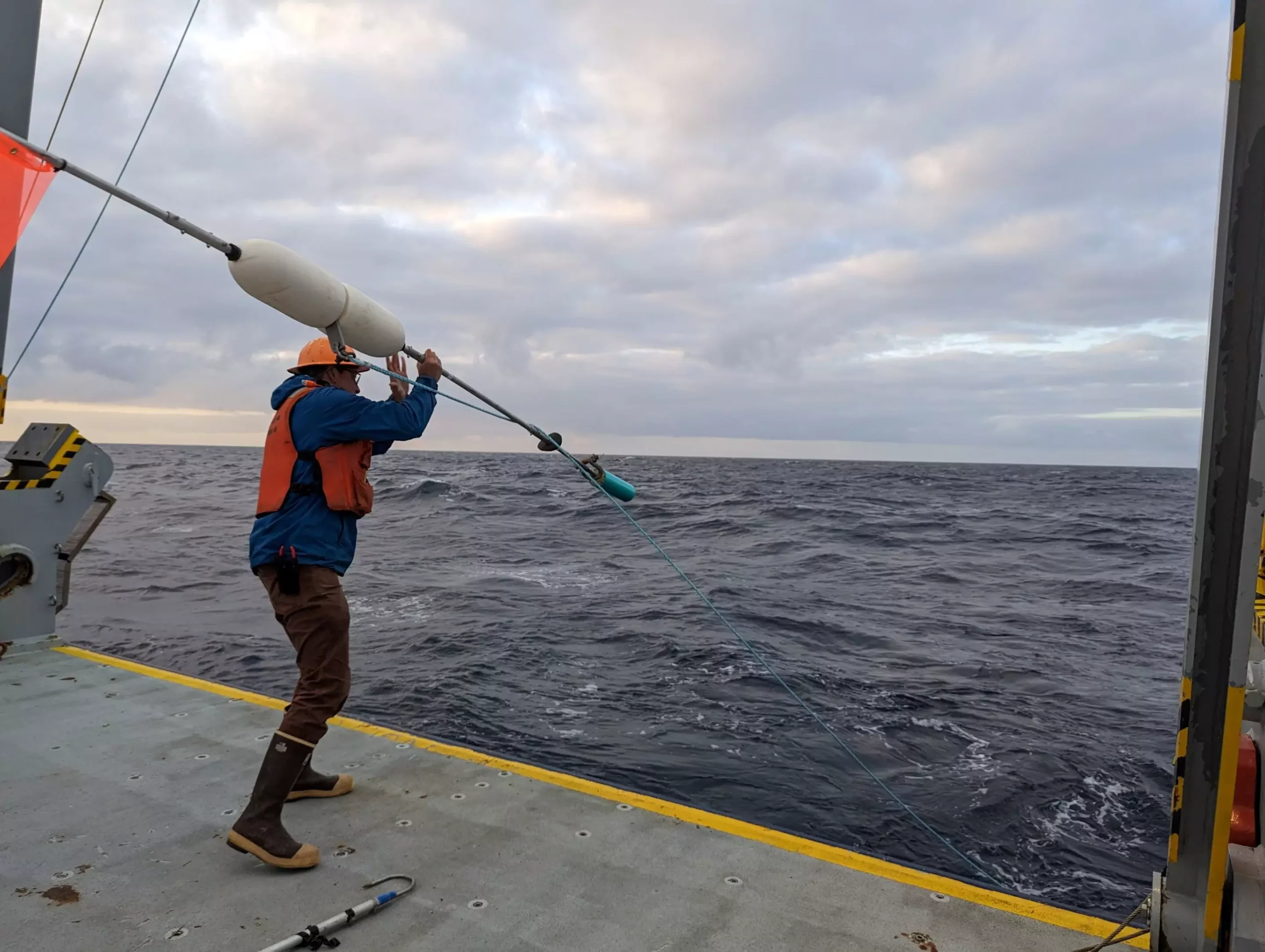Carbon dioxide (CO2) is a significant greenhouse gas that results from various human activities, contributing to global warming and climate change. However, nature has its mechanisms for sequestering carbon, particularly in oceanic systems. The biological carbon pump is a crucial element of this process, wherein organic matter, scooped up from the surface, sinks to deeper ocean layers, carrying carbon with it. A recent study sheds light on a key component of this process—bacterial dietary preferences regarding organic molecules, particularly lipids.
According to a study conducted by researchers from various esteemed institutions, including the Woods Hole Oceanographic Institution, the dietary habits of oceanic bacteria exhibit significant variability. These microscopic organisms show distinct preferences for different lipid molecules, and this specialization can deeply influence the efficiency of carbon sequestration. The remarkable findings indicate that rather than being indiscriminate consumers, bacteria showcase selective eating habits that mirror the dietary preferences observed in higher organisms, including humans.
The fact that bacteria prefer specific types of lipids correlates directly with their effectiveness in degrading these compounds. This relationship becomes particularly essential as the sinking biomass begins to descend into deeper ocean layers, where bacterial communities work to break down the organic matter. The study identified this process as being influenced by both microbial interactions and dietary specialization, posing new dimensions to our understanding of how organic carbon moves within oceanic ecosystems.
The researchers employed sophisticated experimental techniques to connect the molecular composition of sinking organic matter with rates of degradation linked to these unique dietary preferences. The intricate interplay of various bacterial communities allows for a dynamic degradation process, distinguishing between simpler and more complex microbial interactions.
Utilizing synthetic communities, the team observed that the degradation of lipids is not merely a function of individual bacterial species but is also affected by how these species interact with one another. This insight indicates that the collective functionality of cohabiting microorganisms in the mesopelagic zone (200–1,000 meters below the surface) plays a significant role in determining how effectively carbon is transported downwards.
These findings challenge the traditional linear models of degradation that often simplify the interactions of microbial communities. By highlighting the significance of metabolic specialization and community dynamics, the research suggests that some regions of the ocean may be more efficient at sequestering carbon than previously understood.
The sustainability of oceanic carbon sequestration varies across different geographical areas, sometimes influenced by environmental factors like coastal proximity versus the open ocean. The study’s results prompt researchers to consider which regions of the ocean serve as optimal sites for lipid sequestration and which may be lacking in efficiency.
Realizing that ecological interactions and environmental conditions can uniquely influence the abundance and types of lipids in their habitat opens avenues for future research. Understanding seasonal changes and regional differences may reveal critical insights into how microbial communities can be tailored to enhance carbon storage in specific oceanic zones.
The implications of this research transcend pure scientific inquiry. The study underscores the pivotal role of bacterial communities in modulating the ocean’s capacity to serve as a carbon sink, indirectly affecting global CO2 concentrations. Identifying hotspots where natural carbon sequestration can be optimized contributes to the broader discussions surrounding climate change mitigation strategies.
As the world grapples with unprecedented climate challenges, innovative techniques like high-end chemical analysis and advanced imaging technologies are proving invaluable for unlocking the mysteries of ocean ecology. These methods have not only brought new understanding of microbial carbon cycling but also laid the groundwork for more effective environmental management strategies.
The exploration of microbial dietary preferences presents a transformative perspective on how microorganisms play an indispensable role in the ocean’s carbon cycle. By acknowledging the complexities inherent in these interactions and the environmentally dependent variances in lipid degradation rates, researchers can gain a deeper appreciation of microbial ecology’s contribution to climate regulation.
Future studies in this arena are essential for reinforcing our frameworks for understanding and protecting oceanic ecosystems, underscoring the critical interconnections between respiration and carbon flux in shaping both marine and terrestrial environments. As the body of knowledge surrounding the biology of the ocean grows, so too does our capacity to inform and influence sustainable practices that will benefit both the planet and society.


Leave a Reply